
The citations were for not checking that workers had fall protection and not training workers on correctly using fall arrest systems.
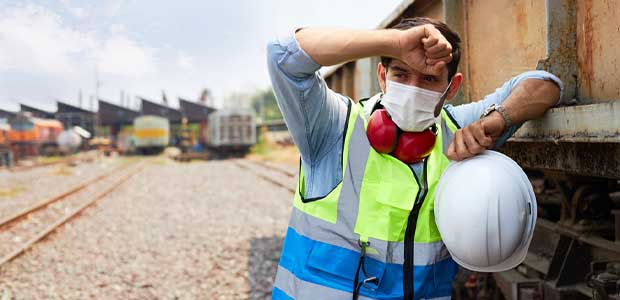
With rising temperatures and high numbers of illnesses and injuries, here's how to comply.
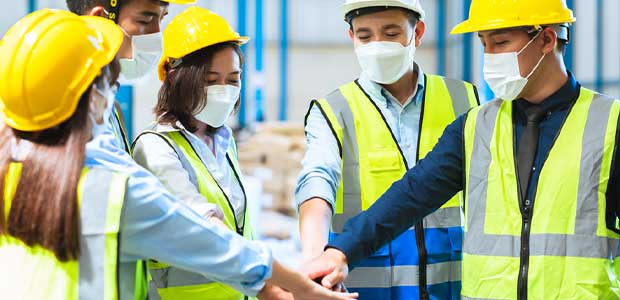
A culture of safety is key to success.
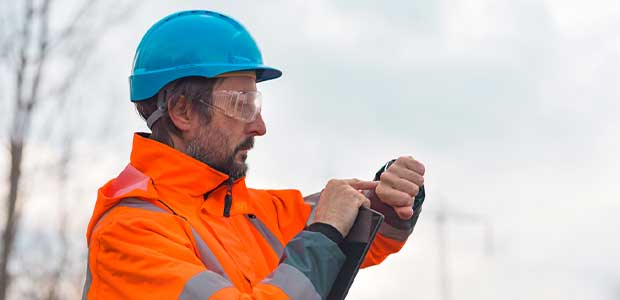
A small, wearable sensor let workers know when they were at risk for sprains.
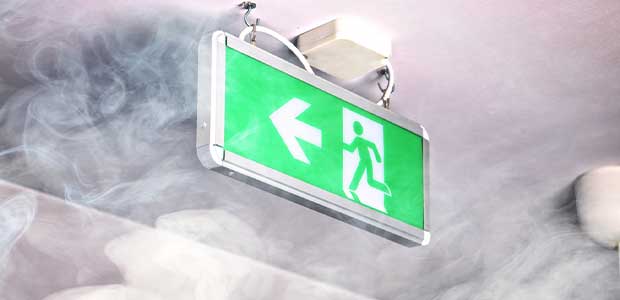
Aspirating Smoke Detection (ASD) is designed for reliability and is capable of customization to minimize false alarms and maintenance, while increasing safety.

Adopting new technologies can seem risky but with a clear understanding of the common pitfalls and a well-thought out strategy, any organization can reap the benefits.

Exposure to hot indoor or outdoor work environments even for short periods of time can lead to cognitive and behavioral impairment.

There are features you can use to increase employee engagement.

Episode 150
What's the key to effective safety programs? Consistency.

By supplying safe lighting products, construction companies can significantly enhance worker safety throughout the job site.

More than 600 people die from heat every year.
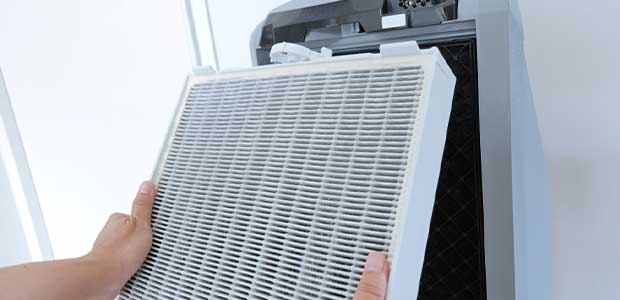
Air purification systems can capture smoke, exhaust gasses and pollutants from welding, plasma cutting, combustion and other sources.

Episode 149
Editor Sydny Shepard discusses the highlights from DOL Assistant Secretary of Occupational Safety and Health Doug Parker's session at Safety 2022.

Factors such as reporting can play an important role.

ASSP announces new location for their Safety 2023 Professional Development Conference & Exposition.

OSHA is taking steps now to help companies reduce heat illness.
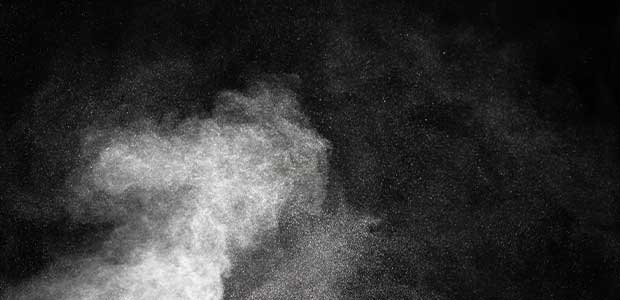
Injuries and deaths from combustible dust are preventable. Follow OSHA’s guidelines on mitigating these hazards.

Musculoskeletal Disorders (MSDs) affect thousands of workers every year. In 2018, according to the Bureau of Labor Statistics (BLS), 272,780 cases of MSD caused people to miss work in the private sector.